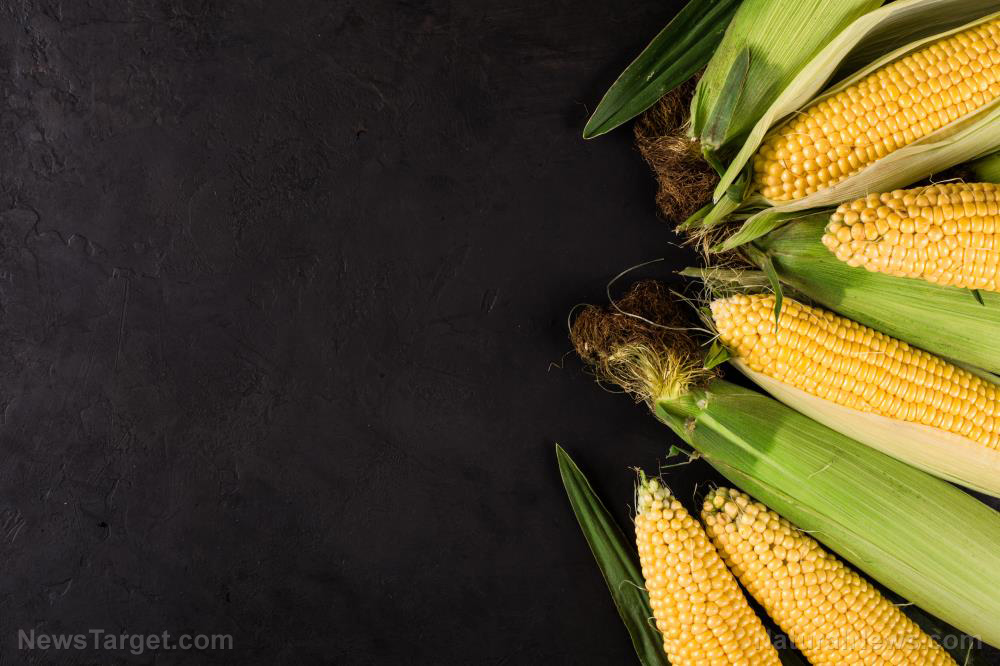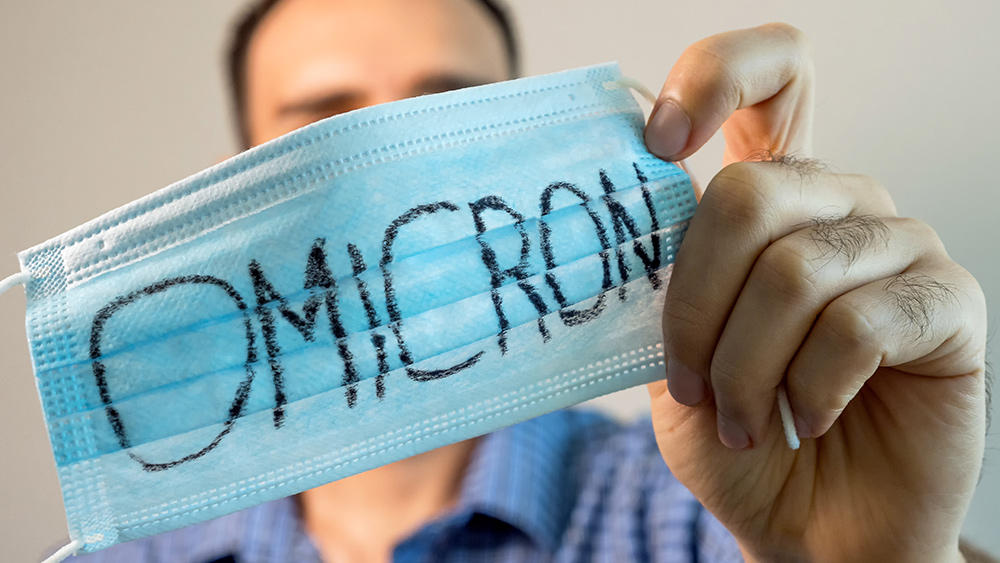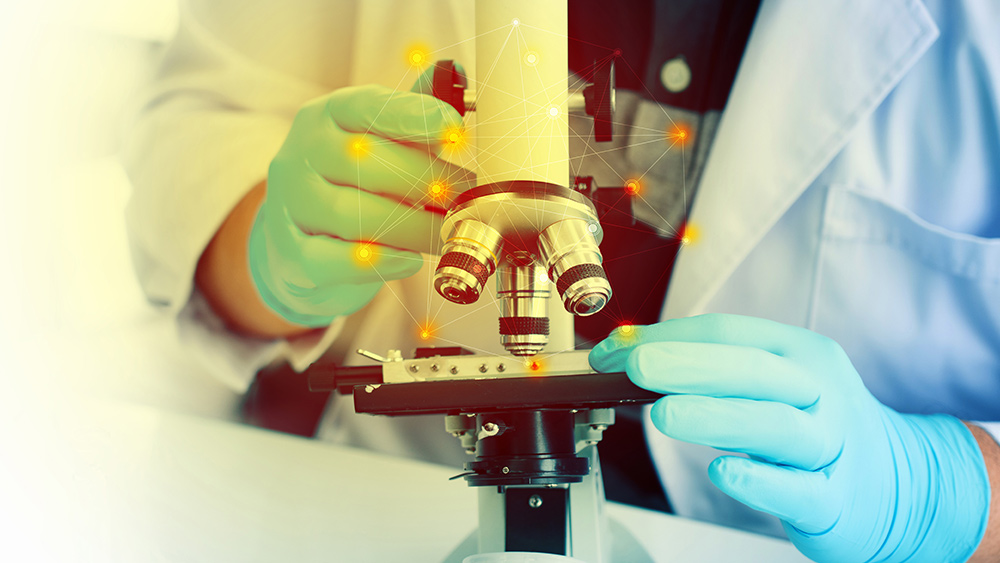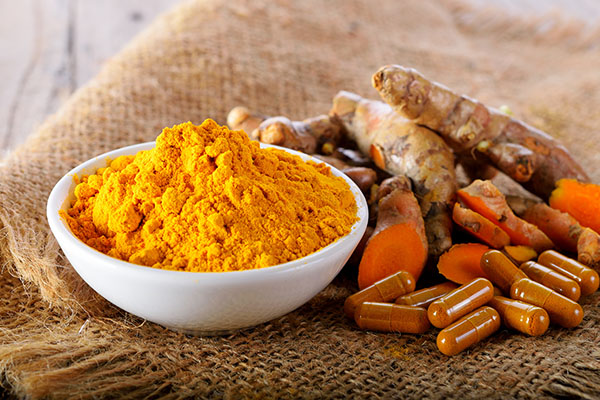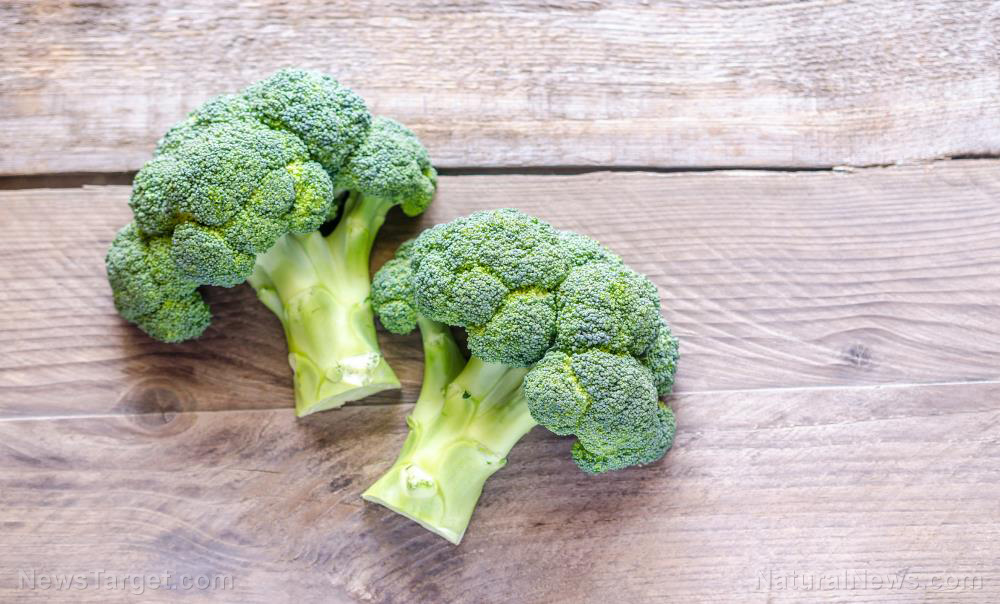
How to get more sulforaphane in your diet
Sulforaphane can be found in cruciferous vegetables such as broccoli, cabbage, kale, bok choy and cauliflower. Broccoli sprouts are considered to be one of the best sources of sulforaphane. Researchers note that raw vegetables tend to have higher levels of this beneficial compound than cooked ones, with one study finding raw broccoli to contain 10 times the sulforaphane of cooked broccoli. If you simply cannot consume it raw, it is best to lightly steam cruciferous vegetables to preserve their beneficial compounds. Boiling or microwaving these vegetables is not recommended if you are trying to get the benefits of sulforaphane. It is important to keep in mind that cruciferous vegetables must be chopped, chewed or cut in order to get the benefits. That’s because sulforaphane is only activated when it comes into contact with an enzyme involved in the defense response of plants known as glucoraphanin, which is released when the plant is damaged. You can also enhance your intake of sulforaphane by adding mustard powder or mustard seed to your meals. The dietary myrosinase content of mustard seeds and powder can help raise the availability of sulforaphane in foods like broccoli, particularly when you are cooking these vegetables. Although the researchers believe that further studies are needed, their finding serves as a powerful reminder of just how beneficial nature's gifts can be when it comes to our health. Including more foods like broccoli in your diet could well have therapeutic value when it comes to brain degenerative disorders, something that is particularly timely as many people deal with the neurological effects of COVID-19 vaccines. Sources for this article include: GreenMedInfo.com TheEpochTimes.com Healthline.comUnusual superfoods: Health benefits of corn silk (recipes included)
By Rose Lidell // Share
By Mary Villareal // Share
As omicron subsides, US vaccination rates collapse
By Ethan Huff // Share
Scientists warn that gain of function research needs to be stopped immediately
By Cassie B. // Share
Look and feel younger by eating these superfoods
By Rose Lidell // Share
JAMA study shows that ivermectin is extremely effective against covid; vaccines not so much
By Ethan Huff // Share
A new brink: Trump’s strike warning meets Iran’s vow of retaliation
By willowt // Share
Modern science validates turmeric's ancient anti-inflammatory power
By willowt // Share
HHS freezes child care funds to 50 U.S. states amid Minnesota fraud review
By lauraharris // Share
U.S. approves $328.5 million arms sale to Taiwan amid rising tensions with China
By kevinhughes // Share
